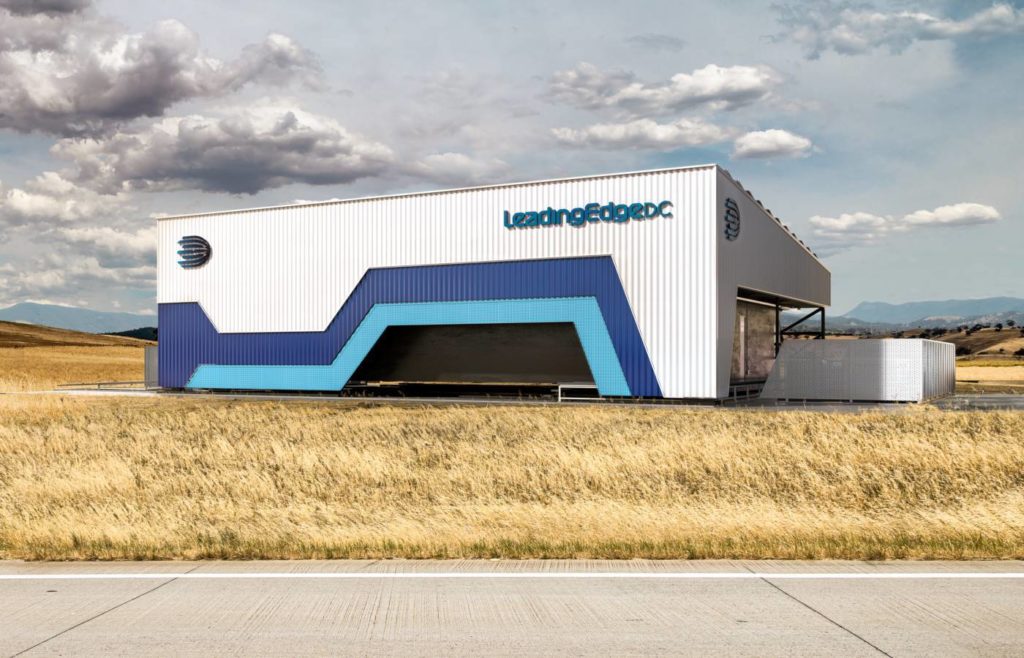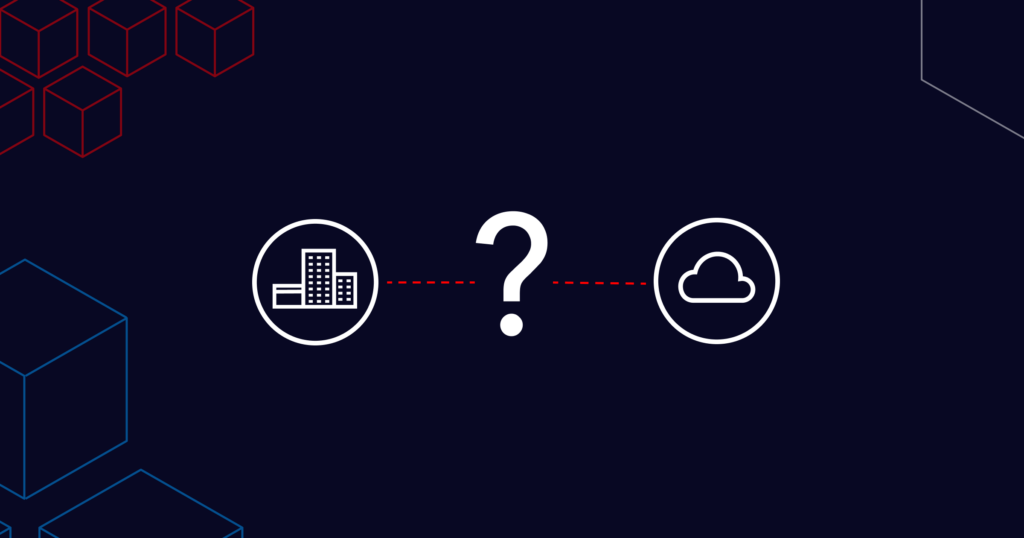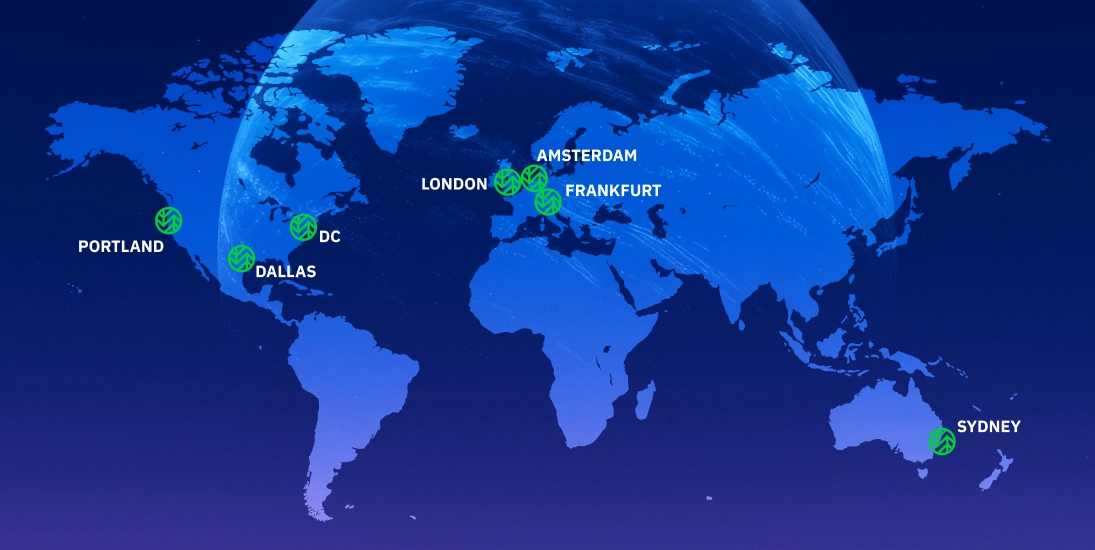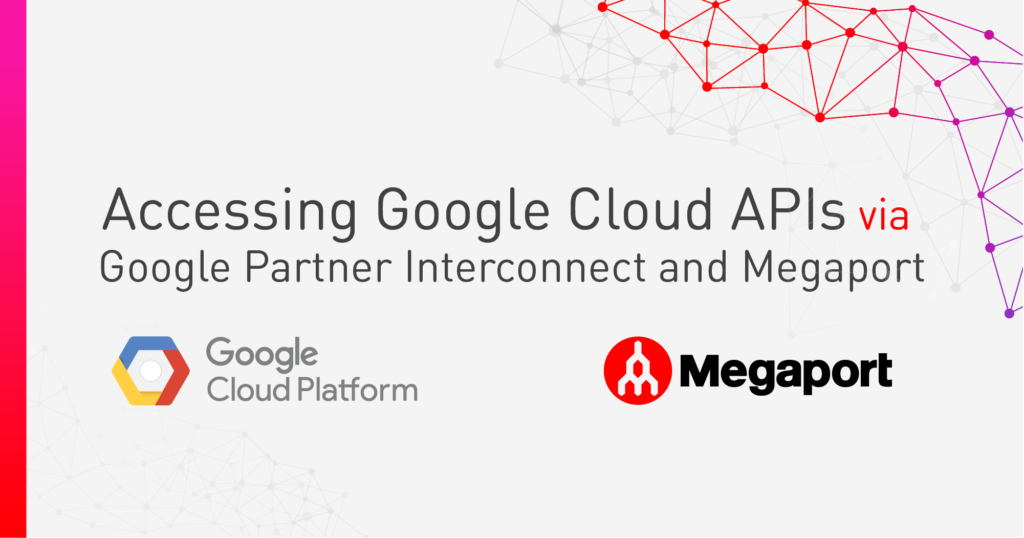
Data in the Desert: How Leading Edge Data Centres Connects Regional Australia
- March 3, 2021
- RSS Feed
In the era of working from home more people and businesses are going regional than ever before, and one company is changing the Australian data landscape to support them.
In 2020, the world learned that not only can we work remotely in a wide range of industries and roles, but companies can also cut unnecessary overhead costs by giving people the flexibility to do their job from home. This has led many to ask – why are they paying premium costs to live in a city, when they can now just as easily do their job from anywhere?
While it’s still debated globally whether cities are experiencing a mass population exodus in the wake of COVID-19, according to the Australian Bureau of Statistics, Aussies have been leaving the city in record numbers in search of a more affordable regional lifestyle. And while the friendly local faces and fresh country air make this change worthwhile for most, there’s still a big challenge to overcome: there isn’t enough IT infrastructure.
Unreliable connectivity
As you venture further out of Australia’s metropolitan areas, you venture further away from Australia’s major data centers which are primarily located in capital cities. The backhaul created as data travels to and from these major metros not only adds up to enormous costs for companies, it also results in slow, clunky, and unreliable connectivity.
Lauren Ryder, Chief Experience Officer at Leading Edge Data Centres (LEDC), has seen this frustration firsthand.
“Regional businesses pay this regional tax to connect – they don’t have any choice – and they can’t even get Netflix or phone connectivity in many places. People living in the regions should have the same speed and the same pricing as metro areas,” Ryder said.
This doesn’t just slow companies down – it can be a matter of life and death. In the devastating bushfires that ravaged Australia’s east coast in late 2019/early 2020, communications lines the Rural Fire Service relied on were destroyed, causing a struggle to determine where help was needed most.
“If they hadn’t have required a communications line all the way back to Sydney or another main city, they could have kept those communications up,” Ryder added.

Building out the edge
“For years, regional Australian cities have put up with unreliable and costly internet connections, compared to their metropolitan counterparts,” LEDC CEO and Founder Chris Thorpe said. “They have no alternative – but we’re changing that.”
LEDC opened their doors in 2018 to create an edge computing solution that helps people, businesses, and communities get stronger connectivity in regional Australia. Now, their work is more important than ever.
If you’re imagining a giant data center situated out in the bush or in a giant paddock, think smaller. The largest LEDC data centers house only 75 racks; some have as few as eight.
“We are the first and only edge data center provider in Australia, meaning that all other data centers that exist right now in Australia are hyperscale big data centers, located in metropolitan areas,” Ryder said.
“In our data centers, data can be routed locally, improving connection speed. We have even created our own network backbone that connects the data centers to one another, and they are all Tier III – the same as you would get in metro areas, just a whole lot smaller.”
LEDC’s first data center site – Newcastle, New South Wales – has just gone live. By the end of the year, LEDC will have a presence in eight locations throughout New South Wales, with plans to expand into Victoria and Queensland. Local councils, utility companies, emergency services, health, mining, and Agritech are some of the industries already set to benefit from the presence of edge data centers, Ryder explained.
“For example, in Agritech, in order for farmers to get the most out of their crops, they have all of this incredible new IoT technology. Moisture sensors on the ground, drones flying in the air, telling them when it’s the perfect time to plant; all of these sensors create an immense amount of data. This also applies to autonomous vehicles, where you have to rely on split-second data decisions.”
As well as helping these industries, edge computing solutions give metropolitan companies the opportunity to expand regionally, creating further jobs and opportunities in these areas.
“The reason that there’s no big companies based out in these regions is because there is no data infrastructure. There’s no cloud connectivity. There’s no access to any of those services. We’re setting up an infrastructure where big businesses can, and will want to, move to the regions,” Lauren said.
Learn more about edge computing and cloud connectivity here.
The Future: 5G and smart cities
With these world-class edge data centers removing long-distance backhaul and offering direct connection to major cloud environments, latency and cost are significantly reduced while bandwidth and connection reliability are majorly boosted. Regional industries like farming and mining are empowered to use their IoT and cloud technologies to their fullest potential, and businesses and people have the freedom to work where they want in the work-from-home era.
This isn’t just great news for the world we live in now – it’s necessary for shaping our future. For example, the edge computing solutions provided by LEDC will support 5G deployments.
“We know 4G is a wide-area technology, whereas 5G basically requires a bunch of boxes. With our eight-rack modules, we have the capability to roll out little PoPs [Points of Presence] that can enable 5G connectivity, like repeater stations. We can start [deploying] when the market is ready,” Ryder said.
Edge connectivity will also enable a futuristic new trend on the near horizon: smart cities. The Smart City Strategy, developed by the Newcastle Council and being adopted by cities around Australia, focuses on how big data, IoT, and cloud connectivity can shape more innovative, livable cities.
“For example, imagine an interactive kiosk that can proactively tell you where to walk to at what time to catch the right bus. It creates a better experience for people living in, working in, or visiting that city,” Ryder said.
Megaport is proud to provide flexible connectivity options for regional businesses. And in a post-pandemic environment it’s more important than ever to shape the future of being able to work anywhere in Australia – and the world.





